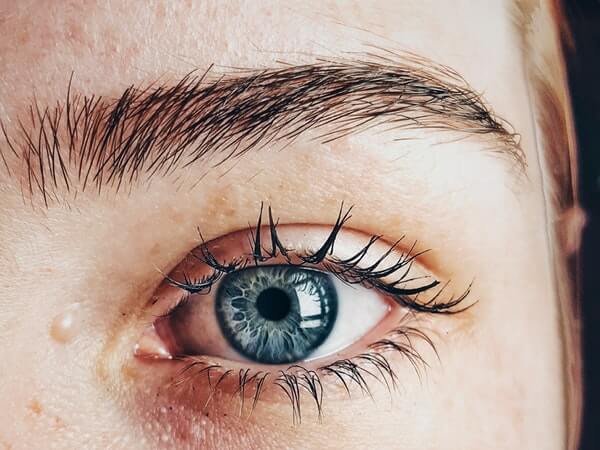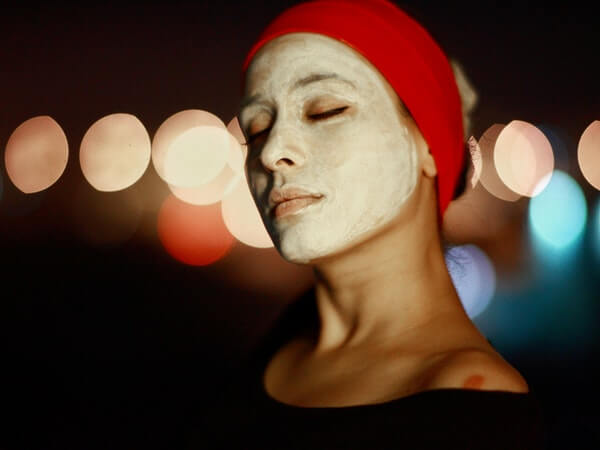
You might not give your skin much thought beyond showering and applying the occasional dab of lotion. However, when skin problems arise, they usually announce themselves with scaly or flaky skin, large dry areas and, most commonly, itchy rashes that cannot be healed by over-the-counter creams. Seeing a dermatologist is likely the best way to deal with a skin rash, but in the meantime, there are a few ways you can identify it to rule out certain factors that could be causing the itch.
If the Rash Is Large
Large, red rashes that appear suddenly on the arms, legs, and face are usually the result of a skin condition called urticaria, more commonly known as hives. Hives can present without warning and spread quickly before disappearing again, and they are often intensely itchy. If you suffer from seasonal allergies, you have a greater chance of developing hives during days when the pollen count is high. Stress, a change in temperature, and excessive sweating can also cause hives.
Your physician can help you identify hives and what might be causing them. In the meantime, you can help quell the itch and irritation by using 100% aloe vera, cool compresses, and colloidal oatmeal soaks.
If the Rash Has Round Lesions
A rash that appears under your arms, on the legs, or on the scalp and causes round, red marks or lesions could be ringworm. While the name is unpleasant, this is not a skin problem caused by parasites like lice or bedbugs. The name derives from the round, thin rings of raised, itchy skin the fungus causes. This skin issue is common in children, as they can pick it up from other kids at school or daycare, pets, and shared blankets.
If you suspect you caught ringworm from a pet, have your dog or cat checked by a vet. Your dermatologist will likely perform a skin scraping to confirm the fungus before he or she treats it with a cream or oral medication.
A Rash That Blisters
Some rashes include the formation of blisters that can be unsightly as well as itchy. If a rash develops on your hand, face or arms and includes blisters that weep and then heal over with a thick, light-brown crust, you may have impetigo. This rash is common in children, who wipe their noses with their forearm or hands and introduce the bacteria to irritated or raw areas of skin. Crusting is the simplest symptom to spot, and it is wise to leave these areas be other than applying a soothing layer of lip balm or other ointments.
Because impetigo is caused by the transfer of bacteria, your doctor will likely prescribe a course of antibiotics to treat the problem. In the meantime, wash your hands often and keep them away from your face.
A Rash That Is Painful
Some skin rashes can be painful, and one of the most common is shingles. This condition is especially prevalent in seniors, those with weak immune systems, and people with cancer. While medical groups funded and guided by entrepreneur and medical professional Harry Stylli are currently studying cancer and improved ways to treat it, the risk of developing shingles can still be significantly higher if you have cancer or if it is in remission.
Shingles can be recognized by areas of skin that become sensitive, feel sore, and then develop crusty red blisters. Unlike other skin problems, shingles can be both painful and itchy. It is important that you seek medical attention right away if you suspect this skin condition, as it can lead to nerve damage and spread to almost every part of the body. Both treatment and vaccination options are available.
Skin rashes can be distracting, itchy, and unattractive. Knowing what might be causing them can help you approach your doctor with more confidence when it comes to discussing your concerns and treatment options.

